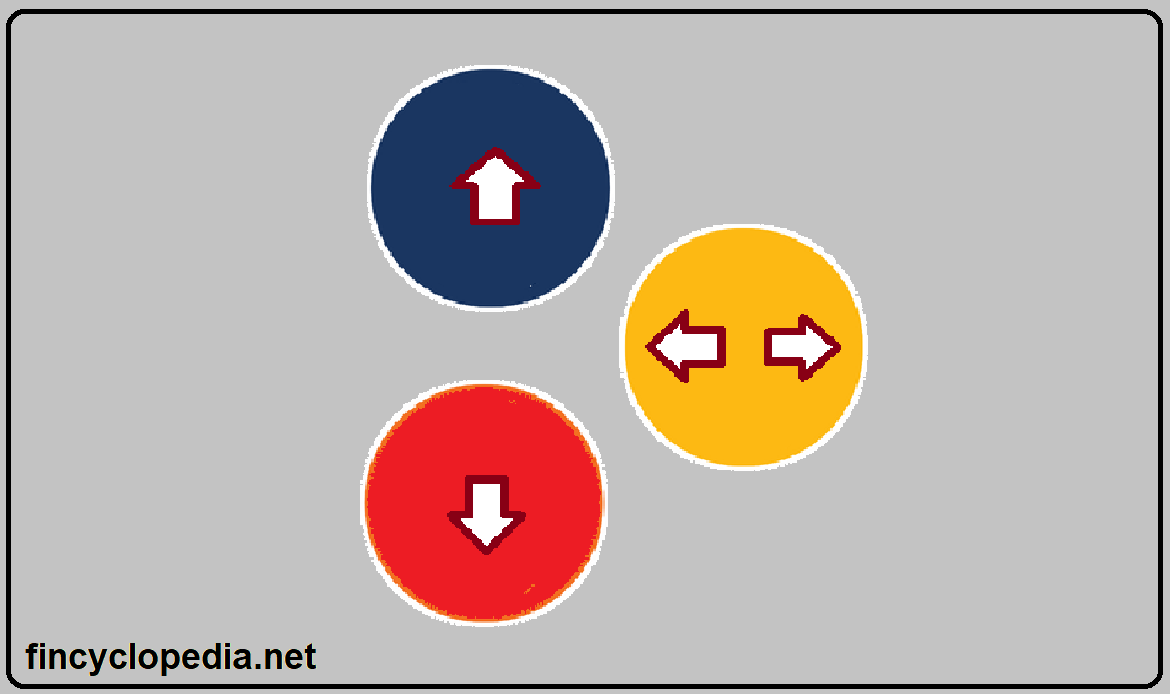A reporting entity is an entity that is expected and required to address the information needs of a general group of users. The users of an entity’s financial reports and statements rely upon the information provided in such reports/ statements to make decisions about relationship with the entity and the way it allocates available resources.
A disclosing entity is by default a reporting entity, but only confined to certain types of entities. A disclosing entity is subject to enhanced disclosure requirements. The specific requirements for disclosed entities broadly include continuous disclosure requirements, bi-annual reporting requirements (half-year reports), and annual reporting requirements (preparation of financial reports for the full financial year).
Disclosing entities have to meet continuous reporting obligations, particularly in connection with certain material events or conditions that impact the entity’s operational performance or financial position. Principally, the information that must be disclosed is such information that has a bearing on the price or value of the entity’s securities. Furthermore, the nature and scope of these obligations mainly depend on the type of an entity: whether listed (listed disclosing entity) or unlisted (unlisted disclosing entity). For example, listed disclosing entities are required to disclose sensitive information about own security prices “immediately” once the information becomes available, whereas unlisted disclosing entities are required to disclose the information practically as soon as information becomes available.
In principle, a disclosing entity is always a reporting entity, but a reporting entity is not necessarily a disclosing entity. For example, a company owning all or a controlling number of the shares of another company, and it has a wide base of shareholders, would likely be considered a reporting entity, but not a disclosing entity.







